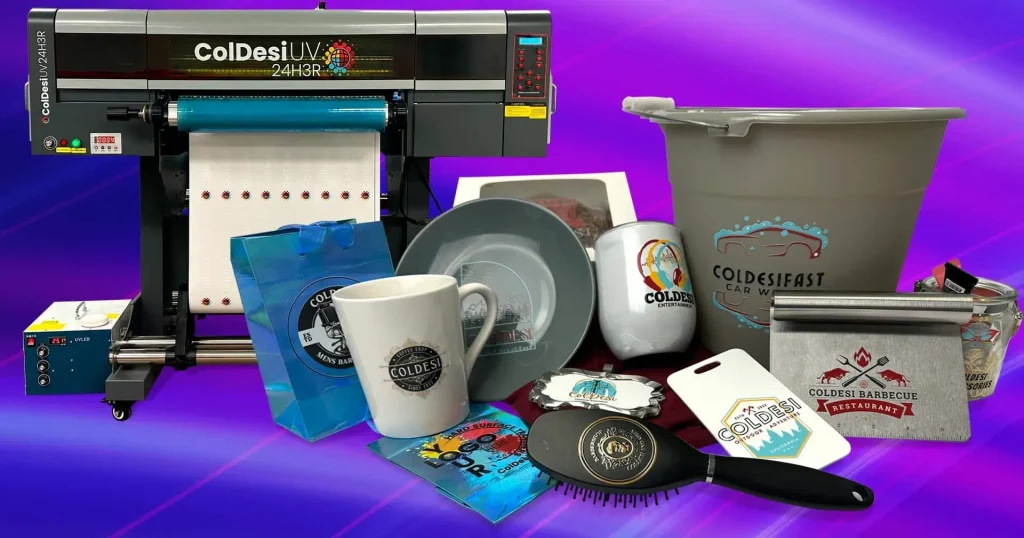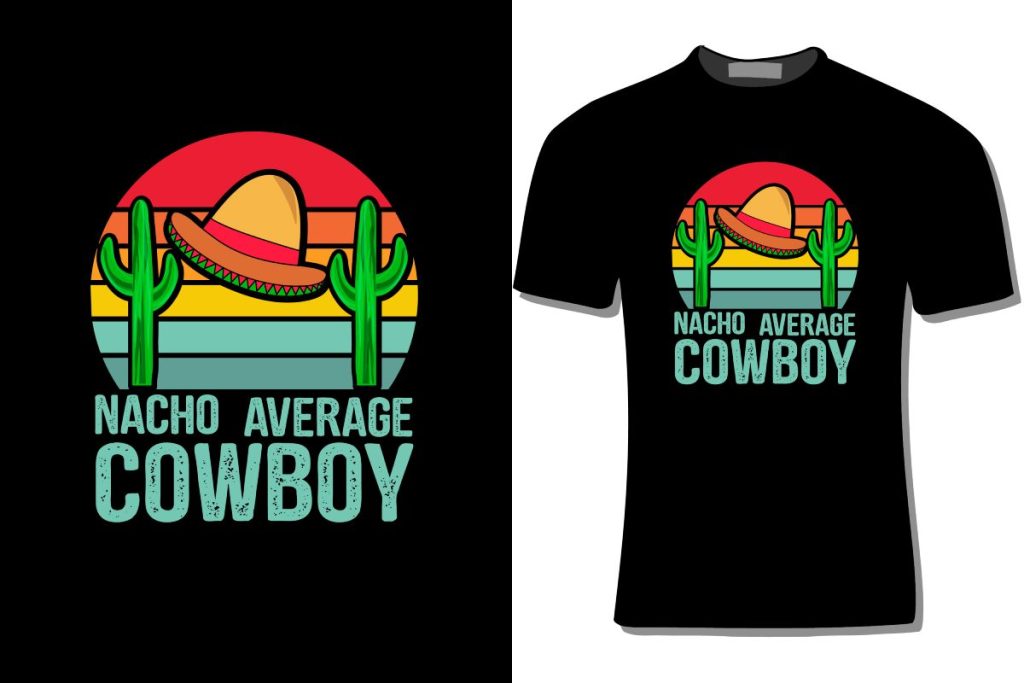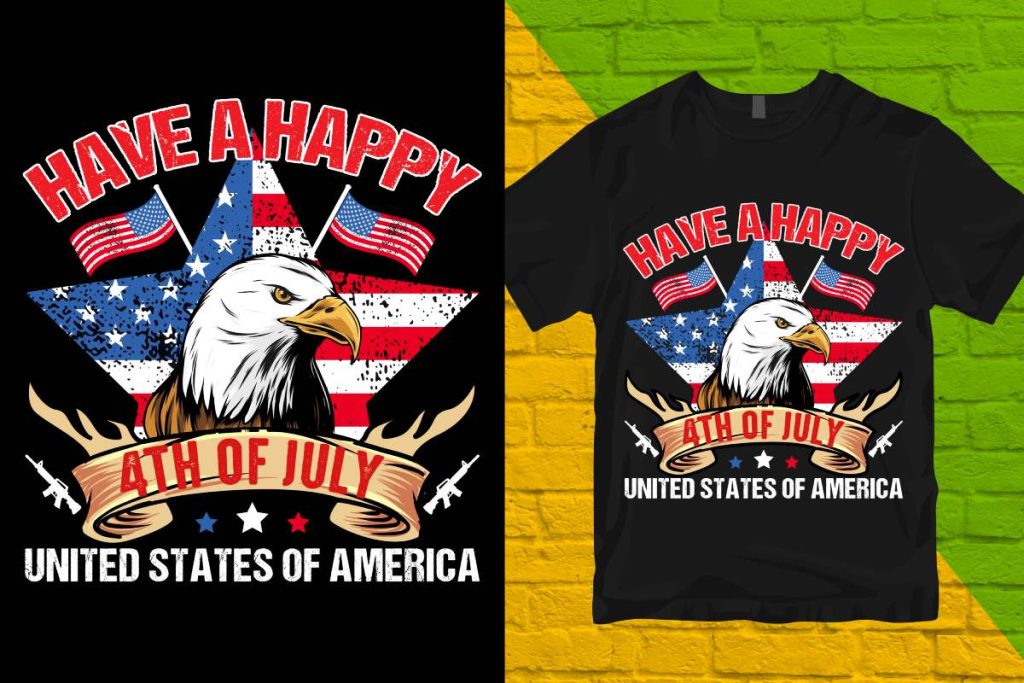UV DTF printing, or UV Direct to Film printing, is revolutionizing the landscape of modern printing methods by combining cutting-edge technology with unmatched versatility. This innovative approach utilizes ultraviolet light to rapidly cure inks on a variety of substrates, resulting in vibrant, high-resolution prints that stand the test of time. Unlike traditional DTF or sublimation printing methods that may rely on heat and limited materials, UV DTF opens up a world of creative possibilities for businesses and artists alike. With its durability, quick turnaround, and eco-friendly attributes, it’s quickly becoming the preferred choice among professionals seeking high-quality results. Whether you’re exploring promotional products or custom signage, UV DTF printing is poised to meet your needs with remarkable efficiency and style.
Also known as ultraviolet direct-to-film printing, this dynamic printing technique represents a significant evolution in commercial graphic applications. By leveraging the power of UV light, this method not only enhances print quality but also allows for greater flexibility in materials compared to other traditional systems like screen printing or sublimation. As businesses increasingly seek solutions that offer both creativity and sustainability, UV DTF has emerged as a frontrunner in producing exceptionally durable prints that are resistant to wear and fading. Moreover, the quick curing process makes it a standout option for those with tight deadlines or large orders. In this guide, we will explore the myriad benefits of UV DTF printing against the backdrop of various popular printing methods.
Understanding UV DTF Printing: The Future of Printing Technology
UV DTF printing, or Ultraviolet Direct to Film printing, represents a significant leap forward in printing technology. Utilizing ultraviolet light, this method cures specially formulated inks directly onto a film substrate, creating vibrant and durable prints. Unlike traditional methods that rely on heat transfer or solvent-based inks, UV DTF prints are instantly cured, allowing for immediate handling and application. This modern approach not only enhances efficiency but also provides unprecedented quality in terms of color accuracy and detail.
The essence of UV DTF printing lies in its ability to bridge the gap between traditional printing techniques and the demanding needs of contemporary businesses. Whether it’s custom merchandise, promotional items, or intricate designs requiring a robust finish, UV DTF printing stands out. Its capacity to print on a diverse range of materials, from fabrics to metals, makes it an indispensable tool for any print service provider aiming for versatility and innovation.
Comparing UV DTF with Traditional DTF Printing
When pitted against traditional DTF printing, UV DTF reveals considerable advantages in the quality and durability of outputs. Traditional DTF methods involve using heat transfer paper and heat-pressing designs onto fabrics, which can often lead to durability issues. In contrast, UV DTF technology cures inks instantly, resulting in prints that retain their vibrancy over time and resist fading—even when exposed to sunlight or harsh conditions.
Additionally, traditional DTF printing is limited by the types of materials it can effectively print on, usually requiring compatibility with specific fabrics. This limitation can stifle creativity and restrict the scope of potential projects. In contrast, UV DTF printing opens a world of possibilities, enabling businesses to experiment with a variety of substrates, thus enhancing their product offerings and services.
The Benefits of UV DTF Over Sublimation Printing
Sublimation printing is renowned for its ability to produce high-resolution graphics, yet it comes with significant limitations that UV DTF printing overcomes. One of the primary drawbacks of sublimation is its exclusive compatibility with polyester or polymer-coated materials. This significantly narrows the applications available to businesses looking to expand their printing services. UV DTF, on the other hand, can print on a wide range of surfaces including wood, glass, and metal, thus broadening the horizons for any printing operation.
Moreover, while sublimation generally excels in producing stunning color outputs, it becomes less effective when working with dark materials or complex designs. UV DTF’s ability to print rich colors directly onto dark substrates without loss of detail or vibrancy showcases its superior adaptability. This capability not only meets the diverse needs of clients but also positions UV DTF printing as a modern solution amidst traditional limitations.
UV DTF vs Screen Printing: An Efficiency Comparison
Screen printing has long been the go-to method for creating bold and strong prints, particularly in bulk orders. However, it requires multiple screens for multi-color designs, which can escalate production times and costs significantly. UV DTF printing streamlines this process by enabling the creation of full-color images in a single pass. This efficiency not only reduces the time associated with setup and production but also minimizes the waste of materials, making it a more sustainable option for businesses.
Additionally, the durability of UV DTF prints surpasses that of screen-printed labels and designs. The advanced curing process employed in UV DTF technology ensures that finished products are resistant to scratches and fading, making them a better fit for items exposed to rigorous use. Clients looking for high-quality prints that withstand the test of time will find UV DTF printing to be the superior option compared to traditional screen printing.
Environmental Impact of UV DTF Printing Compared to Other Methods
As environmental concerns become increasingly prominent in the printing industry, UV DTF printing stands out for its eco-friendly benefits. Many UV inks are formulated with low volatile organic compounds (VOCs), making them a safer choice compared to solvent-based inks commonly used in both screen printing and traditional DTF methods. This lower environmental impact is an essential selling point for businesses looking to enhance their sustainability initiatives and appeal to environmentally conscious customers.
Moreover, UV DTF technologies often produce minimal waste, particularly when compared to screen printing that can require extensive use of materials to create color separations. As the industry moves towards more sustainable practices, adopting UV DTF printing not only aligns with these goals but also helps businesses position themselves as leaders in environmentally responsible practices.
Future Developments in UV DTF Printing Technology
The landscape of UV DTF printing is continuously evolving, with manufacturers investing in innovative technologies to improve efficiency and expand capabilities. Recent advancements include energy-efficient curing processes that reduce energy consumption, thus contributing to lower operational costs. Additionally, the development of eco-friendly inks tailored for UV DTF practices ensures that businesses can produce high-quality prints without compromising their environmental commitments.
Furthermore, hybrid printing machines are being introduced, enabling users to alternate between traditional DTF and UV DTF methods seamlessly. This flexibility allows print providers to adapt to diverse project requirements and maximize throughput—an essential feature for businesses striving to remain competitive in an ever-changing market. With these exciting developments on the horizon, UV DTF printing is poised to maintain its status as a cutting-edge solution for modern printing demands.
Frequently Asked Questions
What are the main advantages of UV DTF printing compared to traditional printing methods?
UV DTF printing offers several advantages over traditional methods such as better print quality with high-resolution images, versatility in printing on various substrates, and enhanced durability against scratches and fading. Additionally, it has a quick turnaround time thanks to its immediate curing process and is more eco-friendly due to reduced VOCs in the inks.
How does UV DTF printing differ from sublimation printing?
Unlike sublimation printing, which is limited to polyester and polymer-coated surfaces, UV DTF printing can be used on a wide range of materials, including plastics, metals, fabrics, and wood. This versatility allows UV DTF to produce vibrant prints with detailed designs, even on dark colors, something sublimation struggles with.
Can UV DTF printing be more environmentally friendly than other printing methods?
Yes, UV DTF printing is considered more environmentally friendly as it typically uses inks with low volatile organic compounds (VOCs), reducing the ecological impact compared to solvent-based inks used in other methods like screen printing. This makes UV DTF a responsible choice for businesses aiming to minimize their carbon footprint.
What is the role of UV curing in the UV DTF printing process?
UV curing is a critical aspect of the UV DTF printing process that involves using ultraviolet light to instantly cure the inks as they are printed onto the film. This results in vibrant and durable prints without the lengthy drying times associated with other methods, allowing for faster production and high-quality output.
How does UV DTF printing compare to screen printing for complex designs?
When it comes to complex designs, UV DTF printing has a significant advantage over screen printing. While screen printing requires multiple screens for each color, UV DTF can print full-color designs in a single pass, saving time and reducing production costs without compromising image quality.
Is UV DTF printing suitable for large production runs?
Yes, UV DTF printing is highly suitable for large production runs thanks to its quick curing process and ability to maintain consistent high-quality results across multiple prints. This efficiency makes it a preferred choice for businesses looking to scale their printing operations while ensuring durability and versatility.
| Key Points | Details |
|---|---|
| UV DTF Printing Overview | An advanced method using ultraviolet light to cure inks on film, differing from traditional heat transfer techniques. |
| Print Quality | High-resolution images with vibrant colors and details, outmatching conventional methods. |
| Versatility | Can print on various materials such as plastics, metals, fabrics, and wood, allowing for diverse applications. |
| Durability | Resistant to scratches, chemicals, and UV fading, ensuring a longer lifespan for printed items. |
| Environmental Impact | Lower volatile organic compounds (VOCs) make it an eco-friendly choice compared to solvent-based inks. |
| Quick Turnaround | Immediate curing allows for fast production times, ideal for tight deadlines. |
| Comparison with Traditional DTF | Traditional DTF is limited to compatible materials and is less vibrant and durable. |
| Comparison with Sublimation | Sublimation is restricted to polyester and less effective on dark colors, unlike UV DTF. |
| Comparison with Screen Printing | Screen printing requires multiple screens for complexity, while UV DTF handles full colors in one run. |
| Comparison with Inkjet Printing | Inkjet lacks durability on non-paper surfaces; UV DTF provides greater durability and resolution. |
Summary
UV DTF printing stands out as a pioneering technology in the printing industry, blending high-quality output with extensive material versatility. This innovative method not only delivers stunning, durable prints but also addresses environmental concerns, making it a more sustainable choice for businesses. Its ability to quickly produce intricate designs across a range of substrates positions UV DTF printing as a formidable alternative to traditional printing methods. As the demand for high-quality, efficient printing solutions continues to grow, UV DTF printing is well-poised to lead the charge in revolutionizing how businesses approach their printing needs.



